|
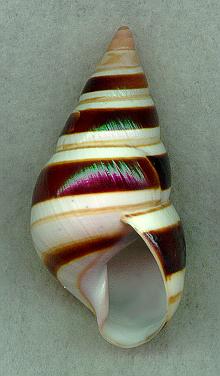 |
Liguus fasciatus castaneozonatus
Pilsbry, 1912
Photos and information on the forms and varieties
of this widespread Florida tree snail;
castaneozonatus - walkeri - miamiensis - elegans -
deckerti
Photo page No. 5
RETURN TO FLORIDA LIGUUS LISTING
|
 |
Liguus fasciatus
castaneozonatus |
|
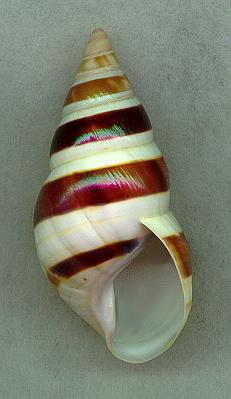 |
Liguus fasciatus
castaneozonatus |
|
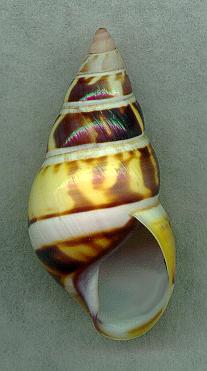 |
Liguus fasciatus
castaneozonatus |
|
Liguus fasciatus
castaneozonatus |
|
Liguus fasciatus
castaneozonatus |
|
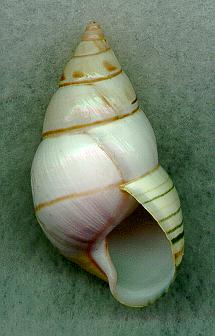 |
Liguus fasciatus
castaneozonatus |
|
 |
Liguus fasciatus
castaneozonatus |
|
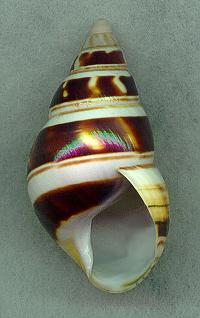 |
Liguus fasciatus
castaneozonatus |
Discussion of the castaneozonatus - walkeri - miamiensis - elegans - deckerti
The following is a synopsis of information on the type subpecies, form or variety
for; type locality, holotype and/or paratype depository and publication of description.
Liguus fasciatus castaneozonatus Pilsbry 1912 -
Type locality: Back of Charles Point, Key Largo, Florida.
Holotype: ANSP No.8014 at ANSP, Philadelphia.
Description: Pilsbry 1912, JANSP, (2) 15: p. 460, pl. 39, fig. 23-23a.
Liguus fasciatus castaneozonatus variety walkeri Clench 1933 -
Type locality: Hammock PC9, Pinecrest Region, Central Everglades, Florida.
Holotype: MCZ No. 79299 at MCZ, Harvard.
Description: Clench 1933, TN, 46: p.91, pl. 7, fig.7-9. (Liguus fasciatus walkeri)
Liguus fasciatus castaneozonatus variety miamiensis Simpson 1920 -
Type locality: Miami Hammock, Florida. [Brickell Hammock].
Holotype: FLMNH No. 241004 (Simpson coll. leg. UM) at FLMNH, Gainesville.
Description: Simpson 1920, PBSW 33: pl. 124. (Liguus fasciatus miamiensis).
Liguus fasciatus castaneozonatus variety elegans Simpson 1920 -
Type locality: Small key East of Whitewater Bay, Florida.[The small key probably
refers to Atoll Hammock near Whitewater Bay]
Holotype: FLMNH No. 241017 (Simpson coll. leg. UM) at FLMNH, Gainesville.
Description: Simpson 1920, LFW, frontspiece, fig. 5; PBSW 33: p. 123.
(Liguus fasciatus elegans)
Liguus fasciatus castaneozonatus variety deckerti Clench 1935 -
Type locality: Hammock No. 55, East end of Long Pine Key,
South Central Everglades, Florida.
Holotype: MCZ No. 81549 at MCZ, Harvard.
Description: Clench 1935, TN, 49: p. 122, pl. 7, fig. 4. (Liguus fasciatus deckerti).
Abbreviation Page
RETURN TO FLORIDA LIGUUS LISTING